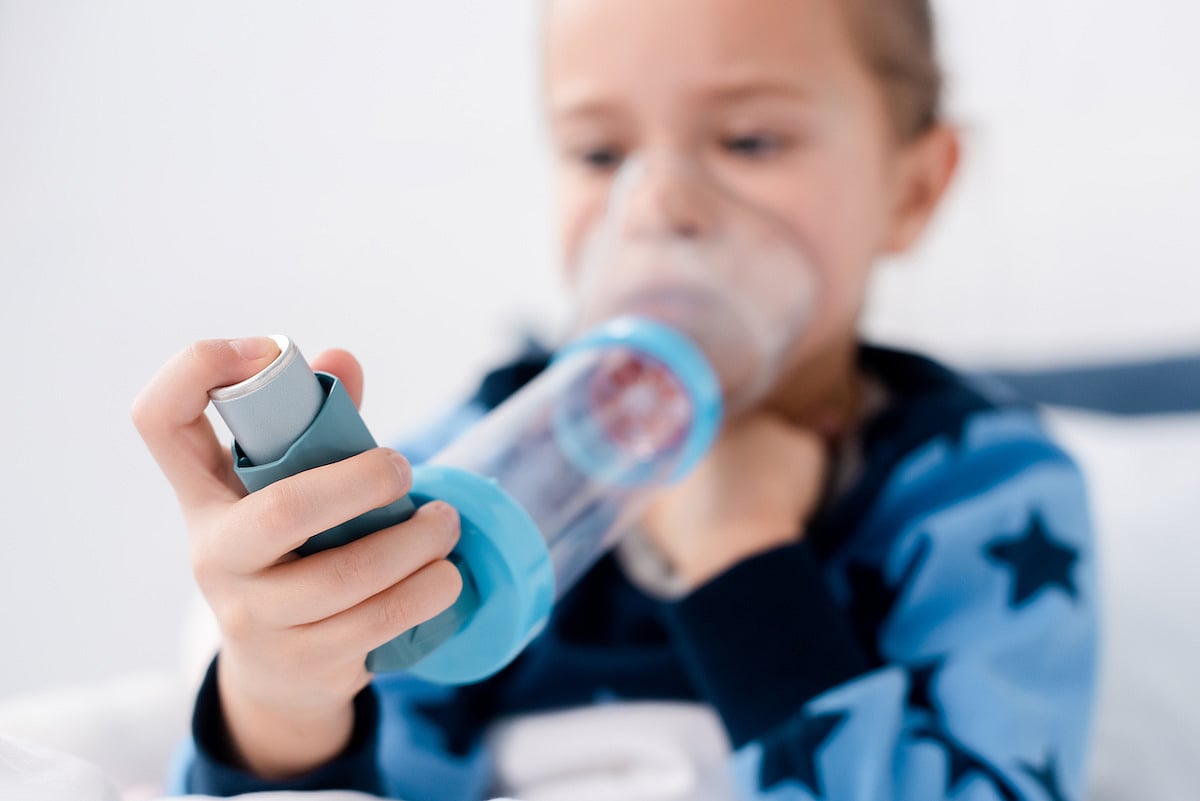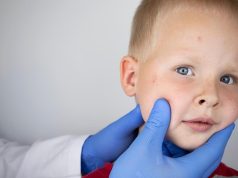Pneumonia, influenza A/B, and asthma exacerbation risks highest in those positive for both Predetermined Asthma Criteria and Asthma Predictive Index
By Elana Gotkine HealthDay Reporter
MONDAY, Sept. 29, 2025 (HealthDay News) — Natural language processing (NLP) algorithms can identify a subgroup of children with asthma who have a high risk for acute respiratory infections (ARI), according to a study published online Aug. 19 in the Journal of Allergy and Clinical Immunology.
Young J. Juhn, M.D., M.P.H., from the Mayo Clinic in Rochester, Minnesota, and colleagues examined whether an NLP-powered digital biomarker can identify a high-risk subgroup for ARI in children. Validated NLP algorithms for Predetermined Asthma Criteria (NLP-PAC) and the Asthma Predictive Index (NLP-API) were applied to the electronic health records of the 1997 to 2016 Mayo Clinic Birth Cohort. The cohort was categorized into four subgroups: both criteria positive, PAC positive only, API positive only, and both criteria negative (NLP-PAC+/NLP-API+, NLP-PAC+, NLP-API+, and NLP-PAC−/NLP-API−, respectively). The risks for five medically attended ARI and asthma exacerbations defined by NLP algorithms at 3 years of age were examined.
Data were included for 22,370 eligible individuals. The researchers found that the risks for pneumonia, influenza A/B, and asthma exacerbations were highest in the NLP-PAC+/NLP-API+ subgroup compared with the other groups. In other ARI, no significant differences were found. Compared with other subgroups, the NLP-PAC+/NLP-API+ subgroup also had the highest occurrence of pneumonia, influenza A/B, and respiratory syncytial virus infection during the first three years of life.
“This study takes us a step closer to precision medicine in childhood asthma, where care shifts from reactive care for advanced severe asthma to prevention and early detection of high-risk patients,” Juhn said in a statement.
One author disclosed ties to the pharmaceutical industry.
Copyright © 2025 HealthDay. All rights reserved.








